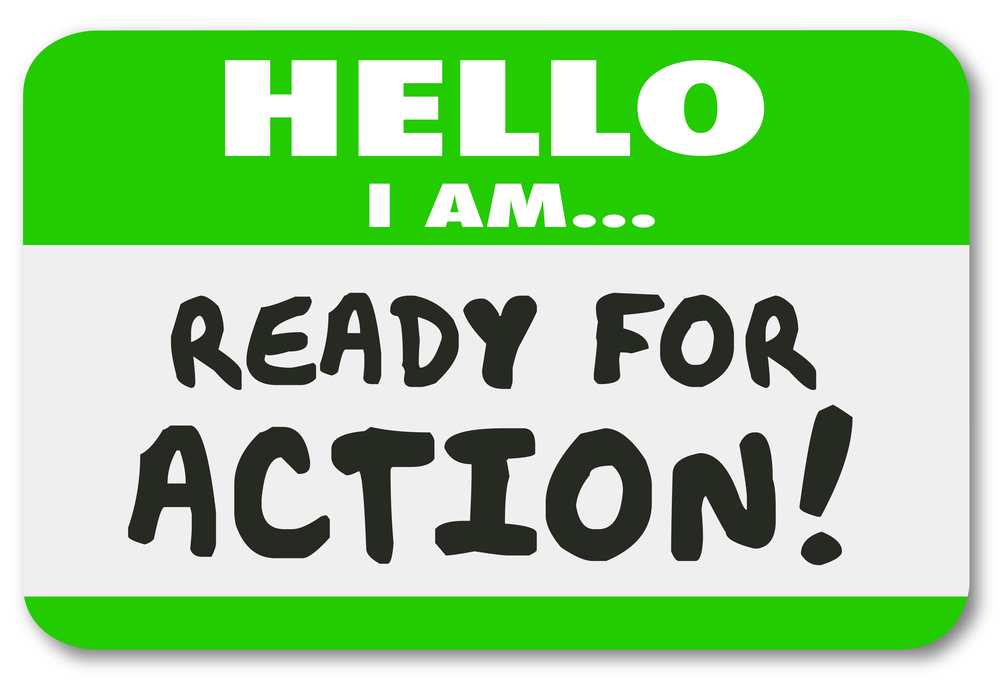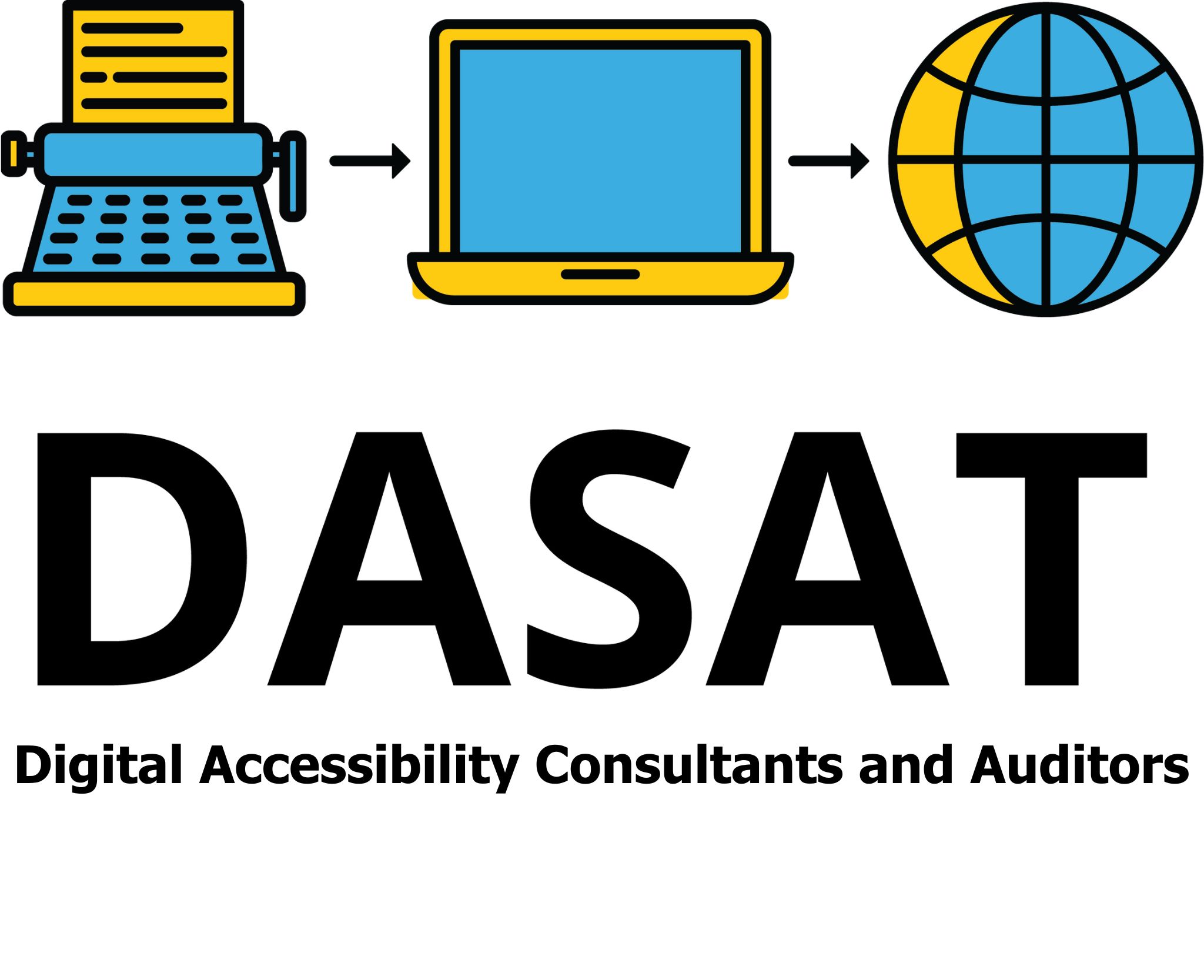
Communicating effectively by using Allan Parker’s OAM strategies.
Allan Parker OAM is known for his clear and practical approach to communication. As the Director of Peak Performance Development, he has worked with business leaders, governments, and communities around the world. His strategies are designed to improve how we talk, listen, and work with others, especially when things are tense, difficult or unclear.
Whether at work, home or in community settings, strong communication helps avoid misunderstandings, reduce conflict, and build trust. Allan’s techniques focus on slowing down the conversation, checking understanding, and adjusting how we speak to match the situation.
These same strategies are also helpful when people are overwhelmed by complex digital communication tasks, like filling out government forms online, managing email, or trying to understand technical language on a website. When technology causes stress, clear communication can bring calm and clarity.

Key Communication Strategies
Here are the key strategies Allan Parker uses to help people communicate more effectively, and how they reduce stress, especially in digital situations.

1. Acknowledge, Clarify and Confirm
One of Allan’s simplest and most powerful tools is “Acknowledge, Clarify, and Confirm.”
Acknowledge what the other person has said. This doesn’t mean you agree, it just shows you’ve heard them, or restating the message in your own words.
Clarify by asking questions “What…..?” and “How……?” questions and ack knowledge the answers.
Confirm what they have said, and check with them that you have understood their message as they would like it to be. Finding both people are on the same page.
In digital environments, people can feel confused or left behind. Using this technique helps remove doubt. For example, if someone is trying to navigate a form or app, you might say:
“You’re trying to upload the photo, but yet it won’t load. Is that what’s happening?”
By slowing down and confirming, you reduce the fear of making a mistake, a key source of digital stress.

2. Change Your Words to Change the Outcome
The words we choose shape how others feel. Allan teaches that changing negative or confusing language to positive and clear words can lower stress and shift the mood.
In digital settings, language that feels sharp or full of jargon can overwhelm people. Switching to simpler, friendlier words reduces the pressure. Consider your documents and websites. How clear is the wording.
For example:
Replace “You must complete all fields to proceed” with “Please complete each section — we’re here if you need help.”
This helps people feel supported instead of judged.

3. Use Slower, Softer Speech
When someone is frustrated with a computer or online form, speaking slower and softer can calm the moment.
Fast instructions or loud voices can add to the stress. Allan suggests using a gentle tone and short sentences. This slows the brain down and makes it easier to think.
This is especially helpful when guiding someone through a complex task over the phone or in person, like setting up online banking or submitting a job application.
Use bullet points or numbered lists when writing step by step instructions.

4. Ask, don’t tell.
People under digital stress often feel out of control. Rather than telling them what to do, asking open and respectful questions helps them feel part of the process.
Questions like:
“What’s the part you’d like help with?”
“How would it be help to if we do this together?”
These give back a sense of power, making people feel less overwhelmed.

5. Micro-behaviours Matter
In face-to-face digital support, like in a library, Centrelink office, or NDIS meeting, body language matters.
Allan calls these small cues “micro-behaviours”: eye contact, posture, breathing, and hand gestures. Calm, open body language reduces the emotional pressure people feel when dealing with screens or confusing systems.
Even something as simple as sitting beside someone instead of across from them can make them feel supported rather than judged.
Consider your seated position on zoom calls. Consider your audience. What can they see and hear?

The Power of Pausing
Pausing gives space for the brain to catch up. When digital tasks are complex, people can feel like they’re failing or falling behind.
A short pause allows:
Time to think
Time to ask questions
Time to regain confidence
Allan recommends using pauses before giving instructions or after asking a question. This keeps the person from becoming mentally flooded.

7. Matching and Mirroring
Matching the energy, pace, and tone of the person you’re helping builds trust. If someone is flustered, mirroring a calmer version of their tone can help bring them down from panic.
In digital support settings, this keeps the interaction respectful and reassuring. It shows you’re in tune with their needs and willing to work at their pace.

8. Focus on Interests, Not Positions
The words we choose shape how others feel. Allan teaches that changing negative or confusing language to positive and clear words can lower stress and shift the mood.
In digital settings, language that feels sharp or full of jargon can overwhelm people. Switching to simpler, friendlier words reduces the pressure. Consider your documents and websites. How clear is the wording.
For example:
Replace “You must complete all fields to proceed” with “Please complete each section — we’re here if you need help.”
This helps people feel supported instead of judged.

Communicating effectively to Reduce Digital Stress
Many people feel embarrassed when they can’t use a website, app, or digital tool. Allan Parker’s communication strategies are valuable because they create space for:
- Calm
- Clarity
- Confidence
This helps people feel safe to ask questions and take the time they need to succeed.
These strategies are especially useful in places like:
- Public libraries
- Community service offices
- Digital literacy programs
- Disability support services
In summary, Allan Parker OAM’s communication strategies aren’t just for boardrooms and family talks. They’re powerful tools for reducing digital overwhelm, building confidence, and supporting people through complex communication tasks.
Using soft tones, gentle pauses, and respectful questions can help someone move from “I can’t do this” to “Thanks, I understand now.”
When was the last time you paused, clarified and confirmed while helping someone online? Could that change their day, or yours?
